I tried to think of what I would write regarding my visit to Auschwitz. I have so many thoughts regarding WWII and on the subject of The Holocaust. There are so many studies on The Holocaust and so much history to cover that I knew I could not discuss it all or better express the facts already documented.
Before my trip to Europe, I listened to the full version of The Diary of Anne Frank. I also spent a few days in Amsterdam, where I visited the secret annex where Anne and her family and the others hid from the Nazis. It was very moving to read her diary and then to visit the place where she penned it.
After the Nazis discovered them, Anne and the other seven people in hiding were all sent to Auschwitz. Some transferred to other camps, and only Otto, Anne’s father, survived. So as I contemplated how to write about my visit to Auschwitz, it seemed fitting to write a diary of my day and the thoughts I had along the way.
I will also provide information on how to visit Auschwitz-Birkenau at the bottom of the page. I recommend if you get a chance to visit here, that you’ll take it. It is a place that will leave an imprint on your heart. A place all of us should remember and never forget.
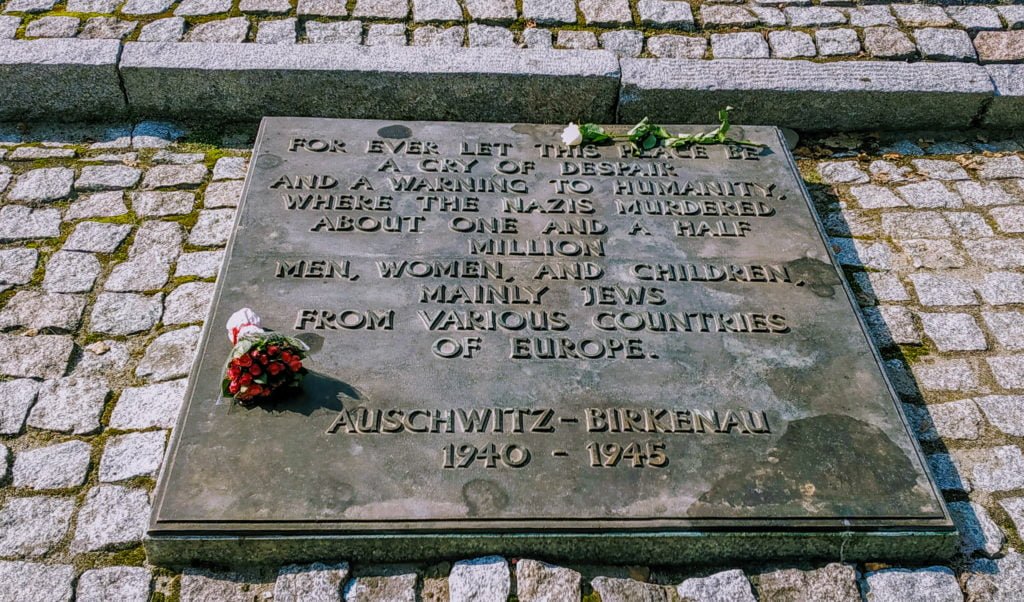
Tuesday, September 18th, 2018
My day begins far too early for my liking. However, I get up when my alarm goes off at 4:45 a.m. I have somewhere to be. Today is the day I will check off another bucket list destination. I know some may consider it a strange one, but it is a place I’ve read about since I was a child. A place that seems too awful to be true. Today I will visit Auschwitz-Birkenau.
My friend Angela and I finish getting ready. We leave our Airbnb apartment in Krakow around 5:25 a.m. to meet our Uber driver. His name is Dmytro. He is nice, but nervous and keeps apologizing for every bump in the road. I assure him that we have rough roads where we come from too.
We arrive ahead of schedule, so we wait for the bus. Angela told me earlier she’s a little apprehensive about today as she thinks it will be horrible.
Which of course, what happened was horrible. It was something so awful that people need to remember it happened. The horrors of Auschwitz and The Holocaust showed us the evil side of human nature.
Yet, it also demonstrated the resilience of the human spirit. The hope and faith that is still here. And the willingness of humans to not only sacrifice their earthly possessions to help others but to also lay down their very lives for the cause of freedom.
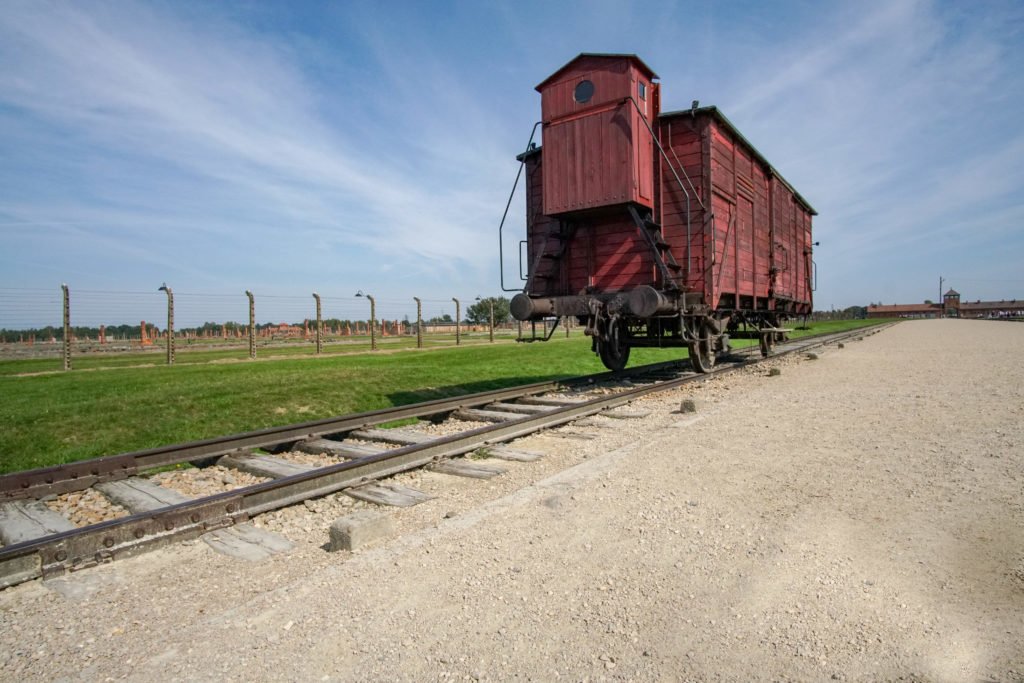
Bus Ride to Auschwitz-Birkenau
As I ride the bus to Auschwitz, sitting in my padded blue seat, I think what the journey must have been like for the victims transported there. I watch the landscape as we zip past the fields, the small towns, and forests along the way. What was the scenery like almost 80 years ago when they brought the first prisoners to Auschwitz?
Later, I would see the train cars that brought the captives packed so tight they could hardly breathe. They didn’t have the luxury of a padded seat or windows to view the scenery. They were transported like cattle, worse than cattle. The Nazis packed 80-100 people to a train car with no windows, little to no food or water, and only a bucket to use as a toilet; many died during the journey. I cannot imagine it is too awful to consider.
Eating Breakfast in Auschwitz
The bus drops us off just outside the museum complex. We cross the parking lot, and I think about how I haven’t had breakfast and should eat as it will be a long day. I feel almost guilty about this. Even though most would consider my breakfast here mediocre at best, it would have been a royal feast for the prisoners at Auschwitz. I try not to think about this and instead eat my egg with toast and drink a cup of coffee.
I later learned that the prisoners at Auschwitz would work 11 hours of hard labor and receive around 1150-1400 calories per day. The food was so awful that in the beginning, it was hard for them to eat it, and later due to their starvation, they would eat food out of the garbage. I saw photographs of people who had lost over 50% of their body weight. They were living skeletons.
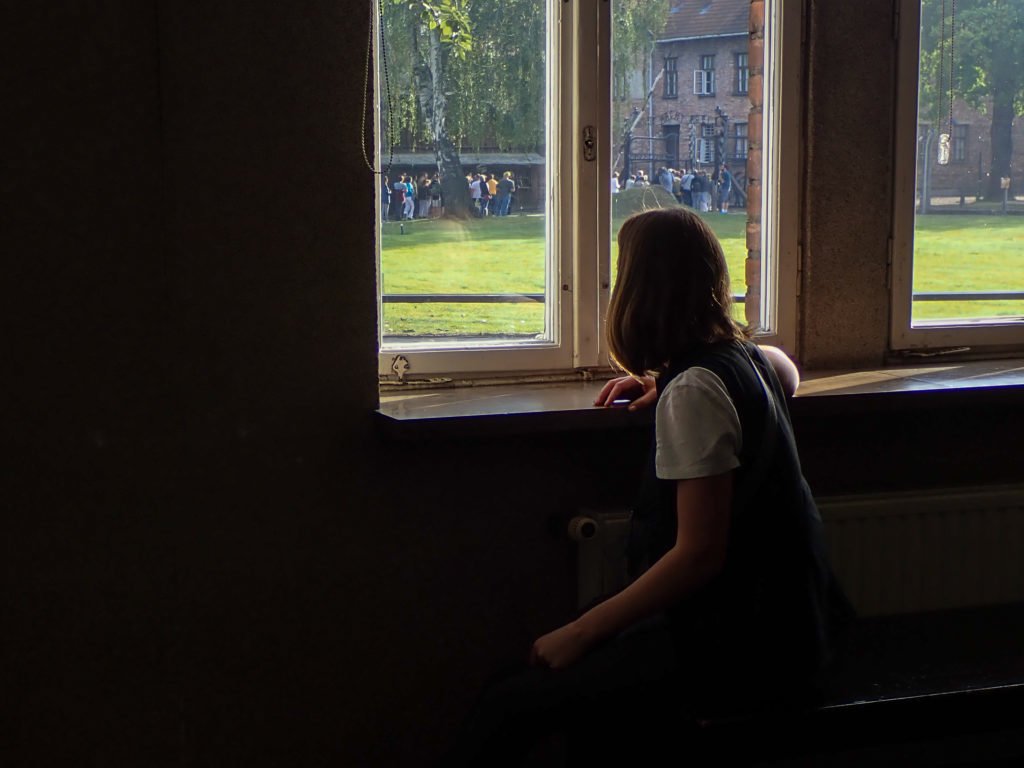
Waiting for Our Museum Tour
After eating breakfast, we walk through a security checkpoint on our way to a waiting area for our 9:00 a.m. tour group.
I find a seat by a window where I look out over the courtyard. It is a bright sunny day, hardly a cloud in the sky. It doesn’t feel dark and scary. There are hundreds of people milling around in tour groups, walking to and from the various barracks and buildings.
I look out over the grassy lawn to see the iconic gates that read “Arbeit Macht Frei” (“work sets you free”), and I think about the prisoners’ first glimpse of these gates and what they must have felt.
I try to imagine what it must have been like to arrive here on one of those trains. Indeed, I cannot grasp the agonizing journey that would have brought them here nor the atrocity of their fate.
Why It’s Important to Remember
No, try as I might, sitting there, looking out the window, as I wait safely for my tour, I could not grasp the horrors they went through.
However, I felt it was important to try. It is important to remember and never to forget. To accept what happened. Denying it does no one any good. It does not preserve the memory of those murdered, and it does nothing to respect the memory of those who gave their lives to stop these horrible crimes. We must remember and work to see that it is never again repeated.
And so I begin my tour, knowing I will hear the stories of things that are too terrible to imagine, but this isn’t fiction, this is the raw, unedited history of human depravity–and also the courage of the human spirit.
“Remember only that I was innocent and, just like you, mortal on that day, I, too, had had a face marked by rage, by pity and joy, quite simply, a human face!”
~Benjamin Fondane, murdered at Auschwtiz-Birkenau, 1944
Heroes of The Holocaust
It was these stories of courage that our guide tells us about during our tour at Auschwitz. She told us about Helena Plotnicka. A wife and mother of six kids. Helena sacrificed what little food her family had to leave food in the fields where she knew Jewish prisoners worked. She left it there for them to find.
Helena also worked to acquire medicines for the prisoners and would also leave these in the fields. Additionally, the prisoners would give her letters and correspondence explaining the conditions in the camp so she could help spread the word. Helena was later arrested and died in Auschwitz in 1944. She was one of many heroes that tried to fight the tide of evil.
Other heroes like Miep Gies, Victor Kugler, Bep Voskuijl & Johannes Kleiman from the Diary of Anne Frank. Corrie Ten Boom and her family, Oskar Schindler, and countless others, including the millions who sacrificed their lives during World War II to give hope and freedom to the victims of the Holocaust and the cause of freedom for all humanity. We must remember their sacrifice.
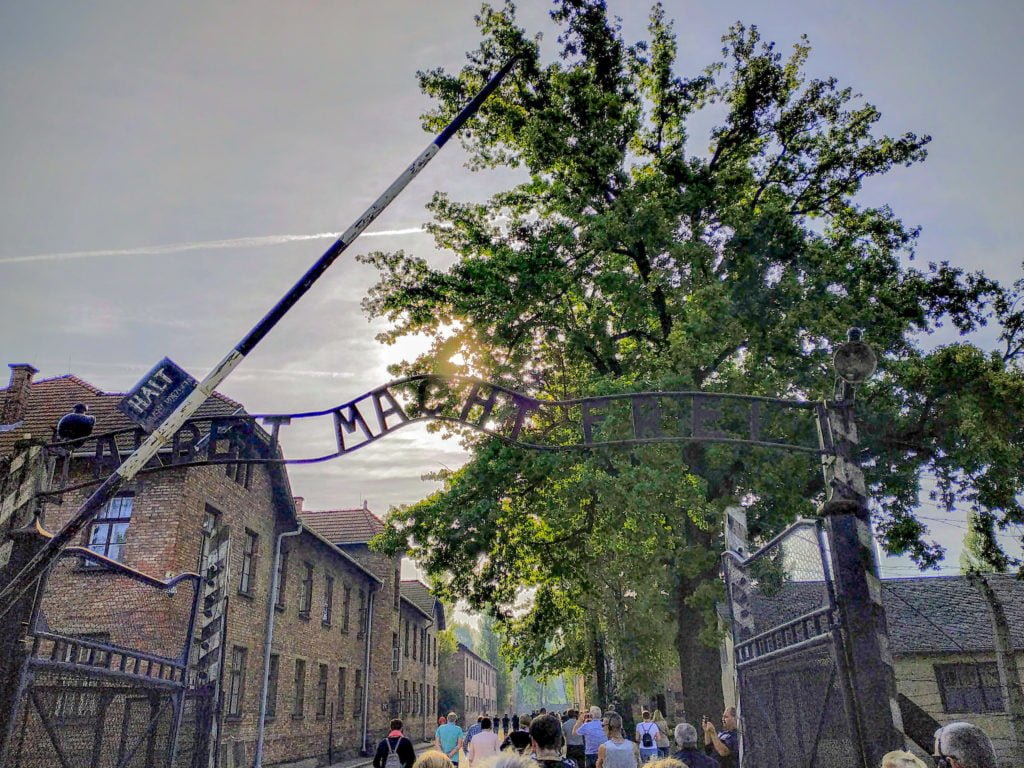
The Lies of the Nazis
Our guide explains that survivors would later recount the relief they felt upon arriving at Auschwitz. They came to Auschwitz believing if they worked hard, they would continue to live. The Nazis were fine with people knowing that they had work camps, but they hid the true identity of Auschwitz-Birkenau. They hid the fact of what it really was—a death sentence.
So they lied. Guards forced other prisoners to write postcards from Auschwitz telling their family that the conditions were better there and that they didn’t have to work as hard. Then these prisoners were murdered. Later the Nazis tried to destroy the evidence of the crematoriums and other documents that would connect them with their crimes.
We saw piles of canisters once filled with Zyklon B. This gas, a type of cyanide, was used by the Nazis to exterminate millions in the gas chambers. Later our tour group walked inside one of these gas chambers. Fake showerheads placed on the ceiling perpetuated the lie that those entering were only taking a shower before moving to the barracks. Instead, they were sent to their deaths.
The Death Wall
Just before our break, we stop at the death wall. It’s an area where prisoners went through a series of steps that required them to undress and then walk naked to a wall where they were shot. Later the Nazis decided this was too slow of a process and thus came up with the idea of using gas chambers and crematoriums. They could only kill as many as they could burn; this turned out to be around 5,000 per day.
I saw the rooms with over two tons of human hair, the thousands of shoes, combs, pots, pans, and personal possessions left behind from the millions murdered. The Jews and other prisoners brought here thought they would leave someday, so they packed as many belongings as they could for the trip.
Upon arrival, they were told to leave their belongings in a pile and to remember where they left them as they would return to that spot. This was another lie. Instead, they went straight to a gas chamber, never to return.
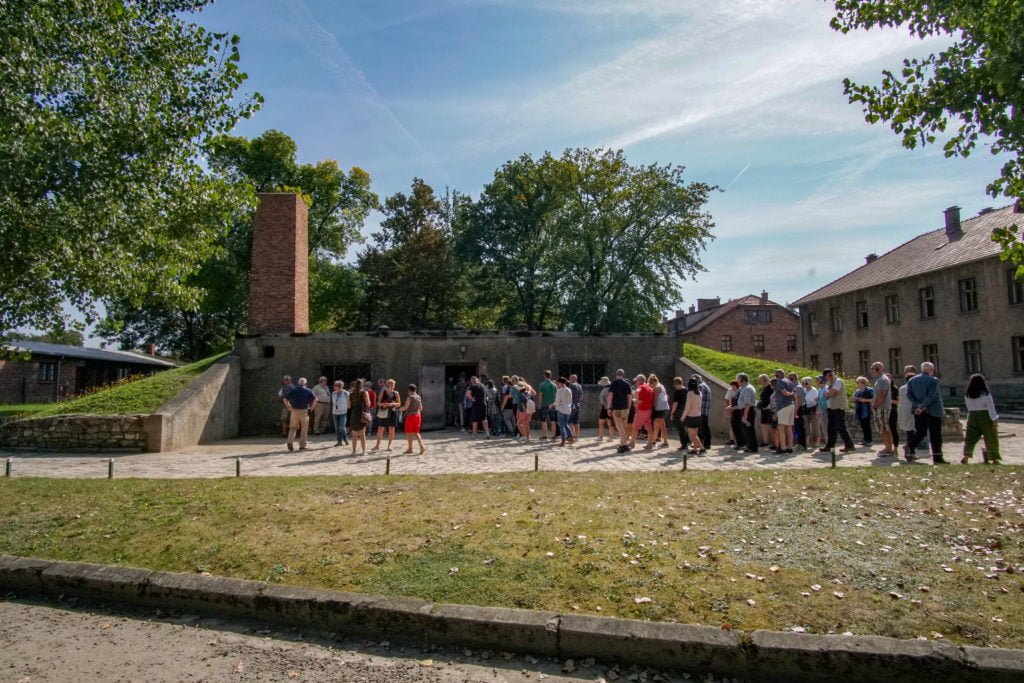
Our Lunch Break
After almost 3 hours of touring Auschwitz, our guide announces that we’ll take a 40-minute break before continuing to Birkenau. 40 minutes. Just enough time to quickly eat the pb&j sandwiches we packed. We look for a place to sit in the shade to stay out of the burning sun.
It all seems surreal. One thing is for sure, I certainly won’t complain about the sun burning down on me, or how my back and feet are tired from so much standing and walking on the hard ground. These inconveniences are so inconsequential in the grand scheme of what occurred here. If complaining is wrong in normal circumstances, it seems almost sacrilegious now. Disrespectful, perhaps, is the sentiment I feel.
I look around at the other visitors lounging on benches and the grassy lawn outside the museum complex. Forty minutes doesn’t seem like a lot of time to digest what I’ve just seen and heard. Is there any amount of time that will make processing these horrors any easier?
Time is up, we board another bus and leave for Birkenau.
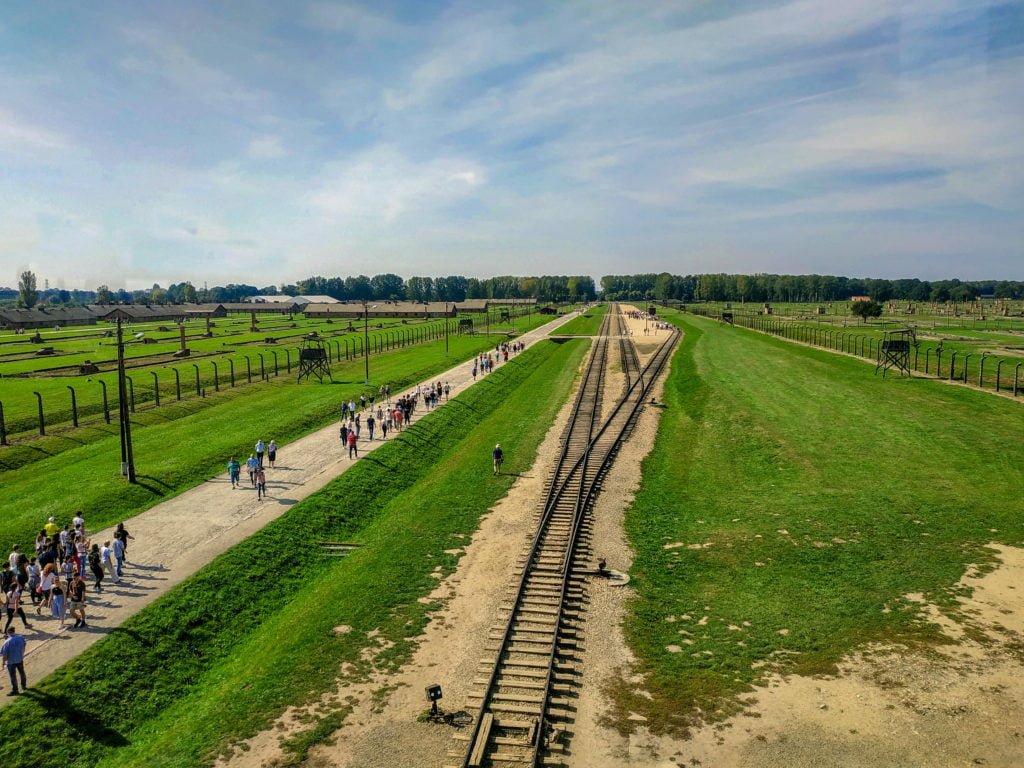
Auschwitz II-Birkenau
Birkenau, or Auschwitz II-Birkenau as it is also known, is a little over two miles from Auschwitz I and is shockingly massive. It is twenty times larger than Auschwitz I and designed for one purpose. Death. It was the largest of the death camps. They executed men, women, and children without regard for life.
I cannot stop looking around in shock at how big this concentration camp is. We ascend to the top of the central guard tower or “death gate” at the entrance to the Auschwitz II-Birkenau concentration camp. We have an aerial view of Birkenau from here. It stretches out further than I can see.
On the left, I see barracks made of brick. I learn that the prisoners had to tear down homes and buildings in the nearby towns and then use them to build these brick barracks. They ran out of bricks, and so to the right, I see row after row of barracks made of wood.
There were over 300 buildings here during WWII. The barracks used to house prisoners had been designed as horse stables. They were not insulated and would have been awful both in the hot summer and in the freezing winters. Prisoners often had to sleep five or more to a bed. You can imagine the smells, the dirt and filth, and the hopelessness of the place.
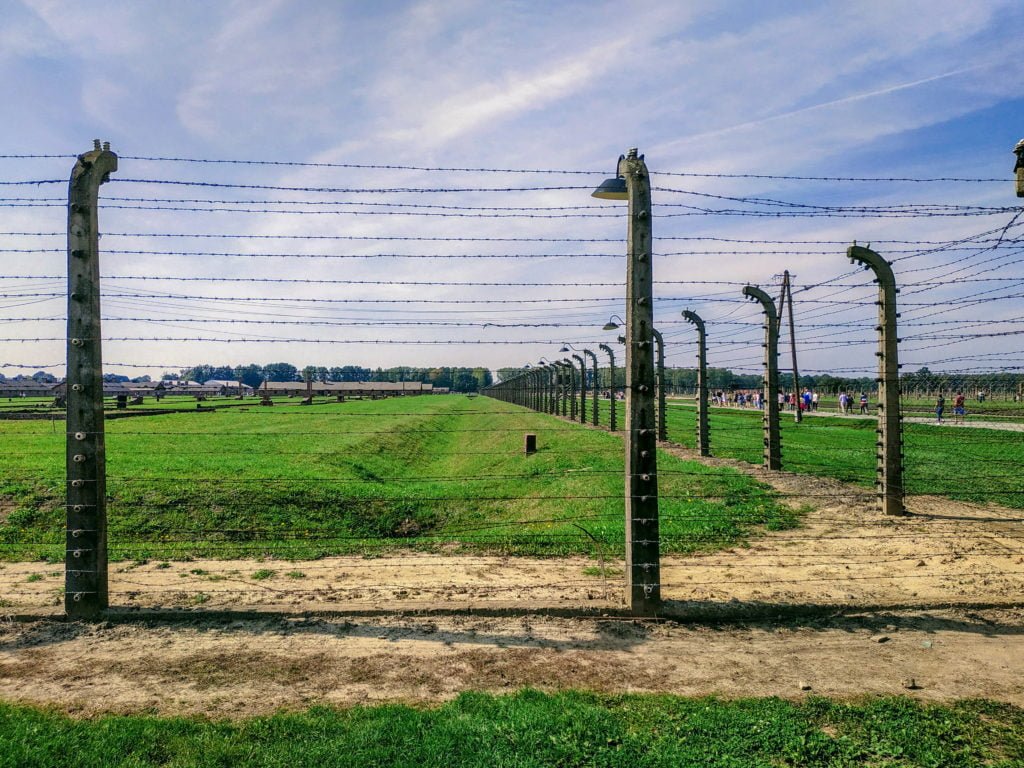
Electric barbed wire fences surrounding Auschwitz-Birkenau.
The Family Camp
We walked to a “family camp” where a select number of children were allowed to live. We see drawings from these children that show their perspective. The few that were allowed to stay in this camp were there for propaganda purposes to send out letters and postcards before meeting their fate.
The Gas Chambers
Our guide takes us down the long stretch of train track that leads from the death gate to the unloading ramp where they forced prisoners into groups: women and children in one and men in another. They immediately killed some while others walked the long way to the gas chambers.
There were four massive gas chambers at Birkenau, and they crammed over 2,000 people into these at a time. Toward the end of the war, the Nazis expedited their killing and murdered anywhere from 5,000 to 6,000 people per day.
Dr. Mengele, also known as the “angel of death,” selected some of the prisoners for his twisted human experiments. He performed medical experiments on them without anesthesia. Twins and people with physical anomalies such as two different colored eyes were of particular interest to him.
We view the remains of two of the gas chambers and crematoriums. The Nazis tried to destroy these at the end of the war to hide the evidence of their crimes. It is hard to imagine, even as I stare out over the demolished gas chamber and crematorium, that such evil exists.
The horrors of The Holocaust and the actions of the Nazis are so unfathomable to me. This is not ancient history. This happened in the last 100 years. I know, too, that holocausts have occurred in other parts of the world. It is heartbreaking to consider.
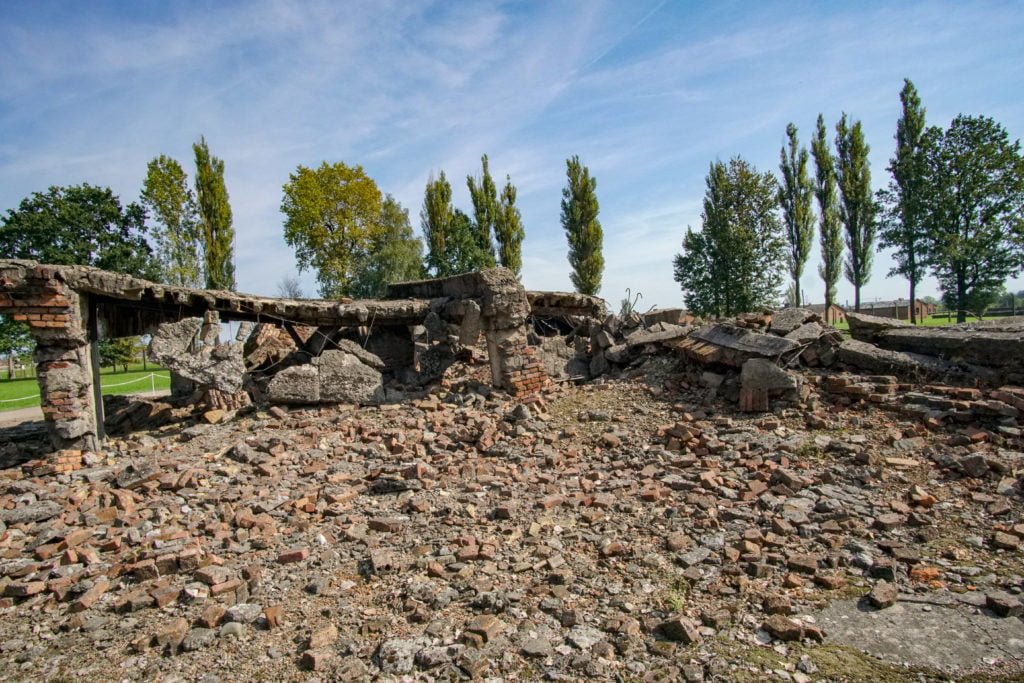
Individuals Not Just a Number
Over 1 million people died at Auschwitz-Birkenau. Most of these were Jews, but there were also other prisoners of war murdered here. The death toll for Polish Jews was particularly high. Around 3 million Polish Jews were killed, that’s half of all Jews killed during The Holocaust. Only about 10 percent of Poland’s Jewish population survived.
Our group walks to a building on the far side of the Birkenau concentration camp that has an important story to tell. The story of the victims before they came to the concentration camps before they were hunted down, back when their lives were healthy and happy.
In one area of the exhibit, there are enormous books on display that visitors can flip through and read name after name of those murdered during The Holocaust. There are over 4 million Holocaust victims listed with blank pages at the end for the names not yet recorded. These books are a tribute to those murdered. They have no graves and no tombstones. However, every life mattered, and everyone one of them was an individual with a name.
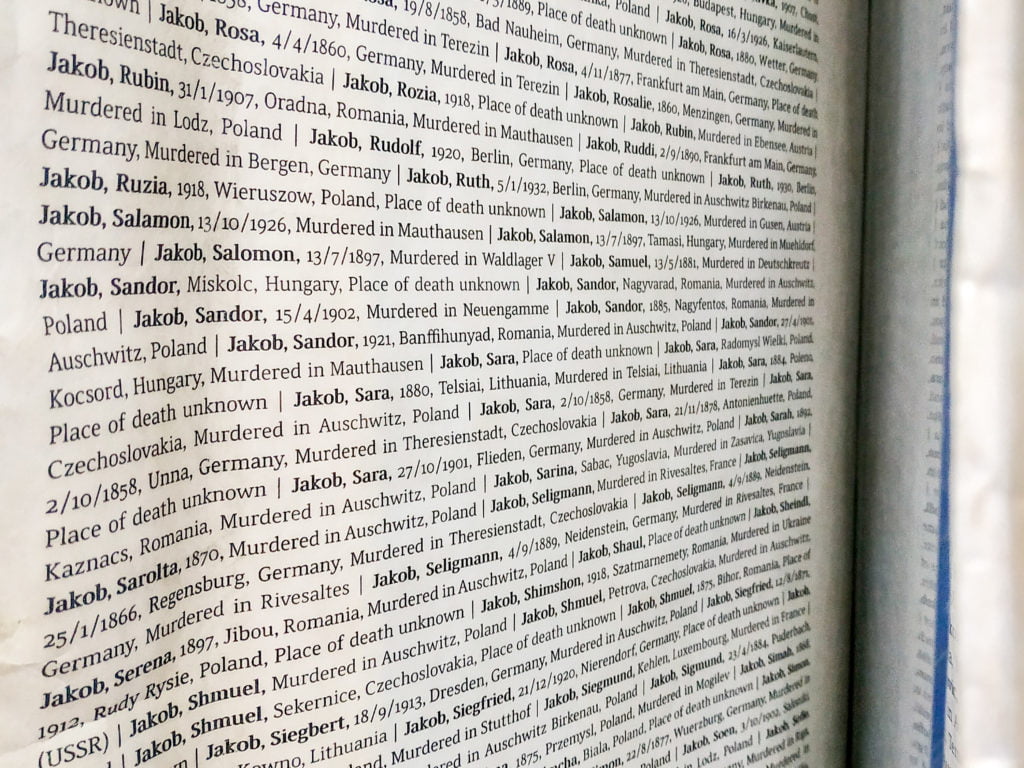
Photographs, Memories & Moments in Time
In another room, I see photos of some of these individuals. There are photographs with them at the beach, at the park, and hanging out with friends at dinner parties. They are photographs of kids at school, family portraits, young couples in love–people enjoying their lives. People like you and me.
In another room, home movies discovered after the war play on every wall of the room. I stood there watching people at concerts, on sailboats, with friends and family smiling and laughing. It was as if I had a time machine to go back and see them alive again. These movies brought their memories to life, and I saw my humanity reflected in their faces.
I, too have home movies and photographs, I also have people I love and a life I love. However, their lives were taken from them, and I still have mine. Children never to become adults, parents never to know parenthood, and grandparents robbed of the joys of grandchildren. This exhibit had the most significant impact on me.
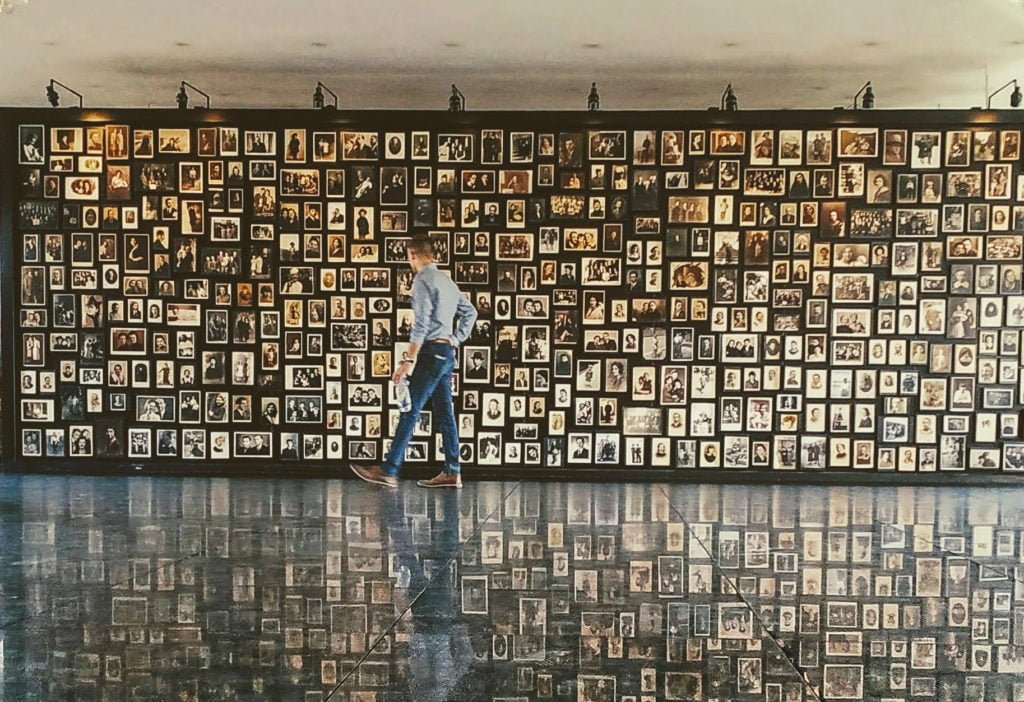
A wall displaying photographs recovered from suitcases found after the war.
It is easy, due to the mass total of victims murdered, to view them as a number. However, it is essential to see them as individuals who loved and laughed–people like you and me.
As a teenager, I read the personal stories of the survivors and those that died. Knowing these people as individuals makes it easier to empathize, to relate. No, I can’t comprehend the horror they endured at the hands of the Nazis and others, but I know what it is to love, to laugh, to be scared, and to have dreams. Their stores teach me about courage, about love, and to never take life for granted.
Here is a short clip from the room displaying the home movies.
Life and Freedom are Gifts
That is the theme by which I try to live my life. To live life to the fullest and be grateful for everything. I am so blessed. I’m rich with love and family, friendship, opportunities to travel, and the ability to see the beauty in the simple. I am thankful that I still get excited over a beautiful flower, a fall leaf, and a snowflake.
We are not all survivors of a horrible event such as The Holocaust, but we all deal with hurt, the pain of loss, and death. I suppose it is this terrible and painful side of humanity that can also enhance the joy we can find in life. I think it should cause us to be more thankful for life and to embrace the joy amidst the pain.
Don’t stop living while you’re still alive. There are so many others whose lives ended too soon, those that never got to graduate high school, those that never learned to ride a bike, those that never got to marry, to have kids, or to wake up to another beautiful morning.
So be kind. Be humble. Help others and reach out to those that are hurting. Encourage. Share hope. Enjoy the simple things of life. Be grateful. Never, ever forget that all human life is precious!
And maybe, just maybe, in the tiniest way, by living our lives, we remember those who no longer are able to live theirs.
Visiting Auschwitz
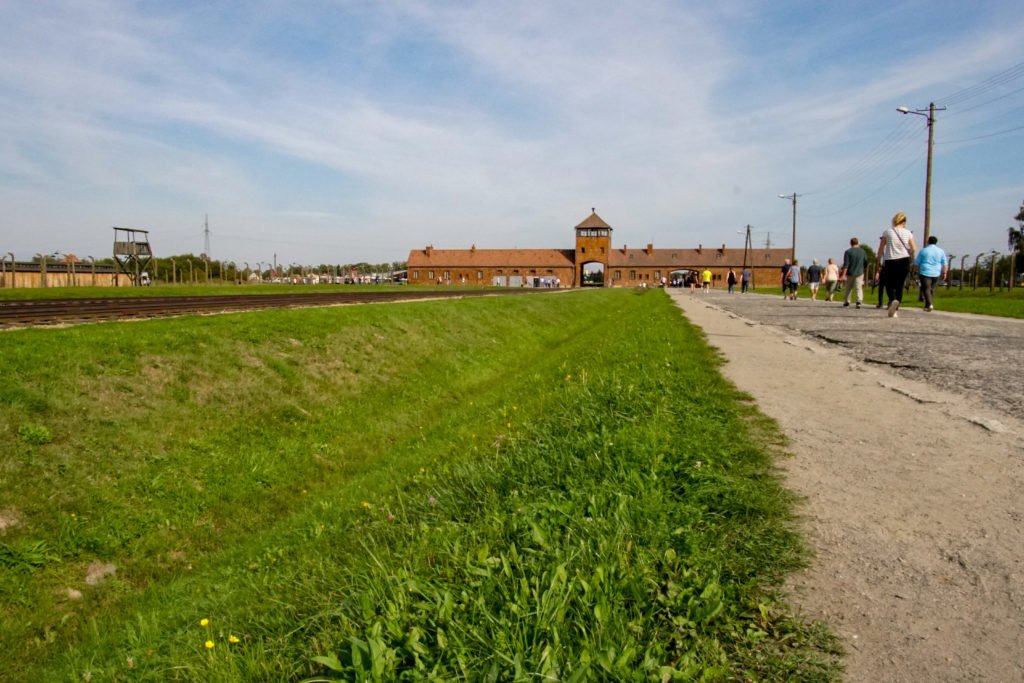
Tour Options:
You have several options when planning a visit to Auschwitz. You can go with a tour group, or you can take a self-guided tour through the concentration camps.
The 6-hour study tour is what I took, and I highly recommend it. It allows for a slower pace to see both camps and provides more time for reflection. There are tours from 2.5 hours to 6 hours in length. If you choose to go with the self-guided option, just know that you can only enter at certain hours, usually early morning or late afternoon. You still need to reserve a self-guided tour, just as you would a guided tour.
The guided tours offer insightful commentary and information I feel one might miss by going on their own, but each person will have their reasons for choosing which type of tour they take.
Booking Online:
Make sure to book your tour in advance of your trip to Auschwitz as the tours do book up. Learn more about the different tours offered, book your tour, and get useful information regarding your visit on the museum’s website.
Food:
They have a cafeteria at Auschwitz I and a hotel across the street that also has a restaurant.
Getting There:
I booked a shuttle through Discover Cracow from Krakow to Auschwitz. If you are staying in Krakow, I highly recommend you consider using their service. It is incredibly affordable and easy to book.
The journey takes 1-1.5 hours—plan for your visit to the camps to take an entire day. Depending on which tour option you choose, it may take more or less time, however, given the solemnity of these memorial sites, it is good to give yourself time for some restful reflections rather than pack a bunch of sightseeing in afterward.
Additional articles for your visit to Krakow, Poland:
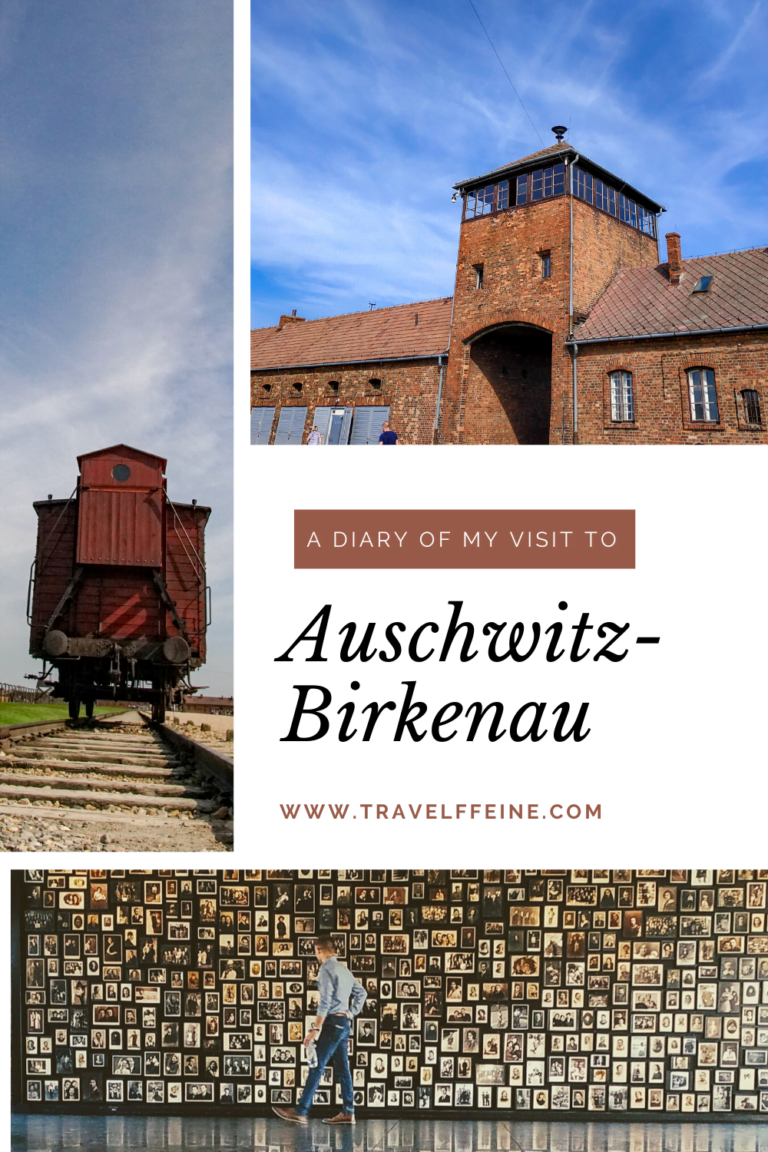
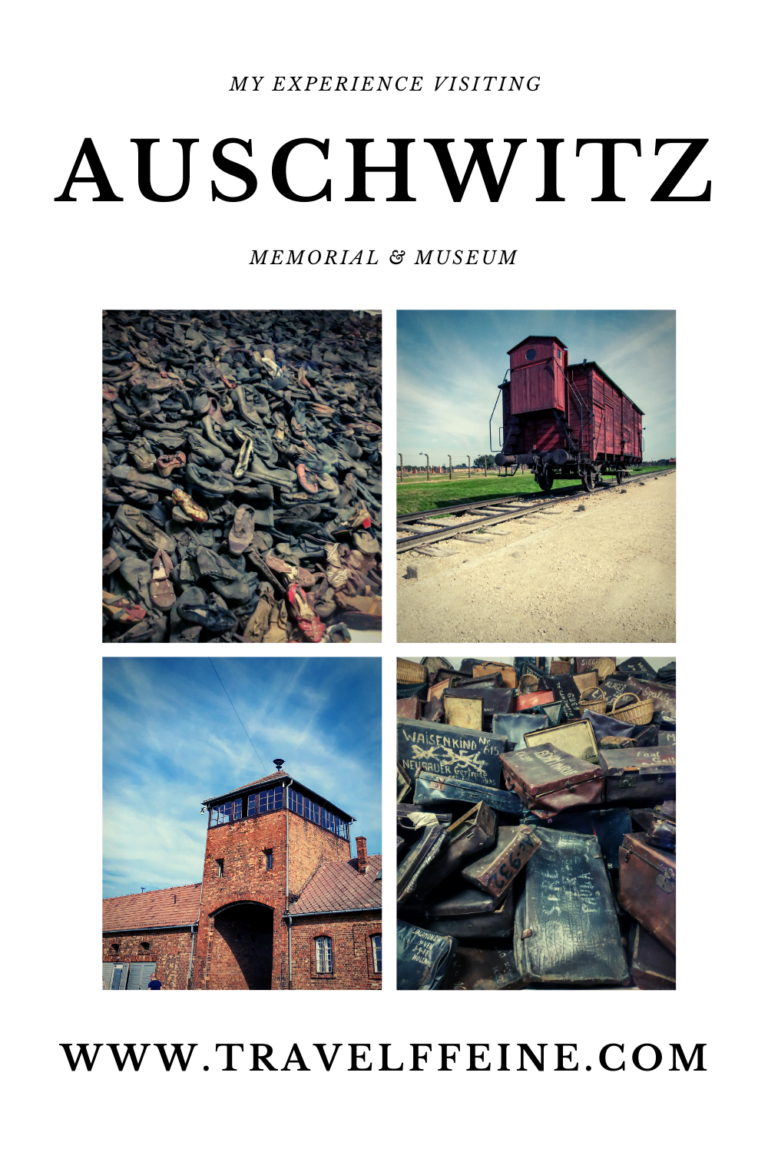
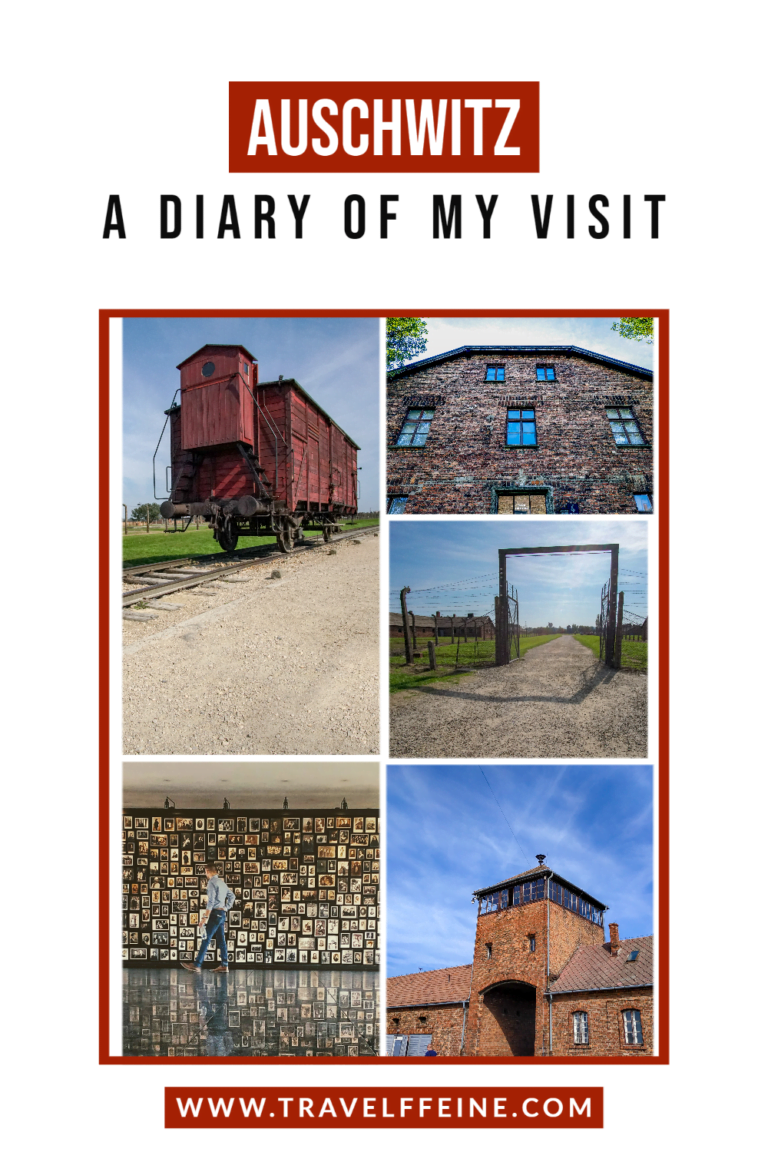
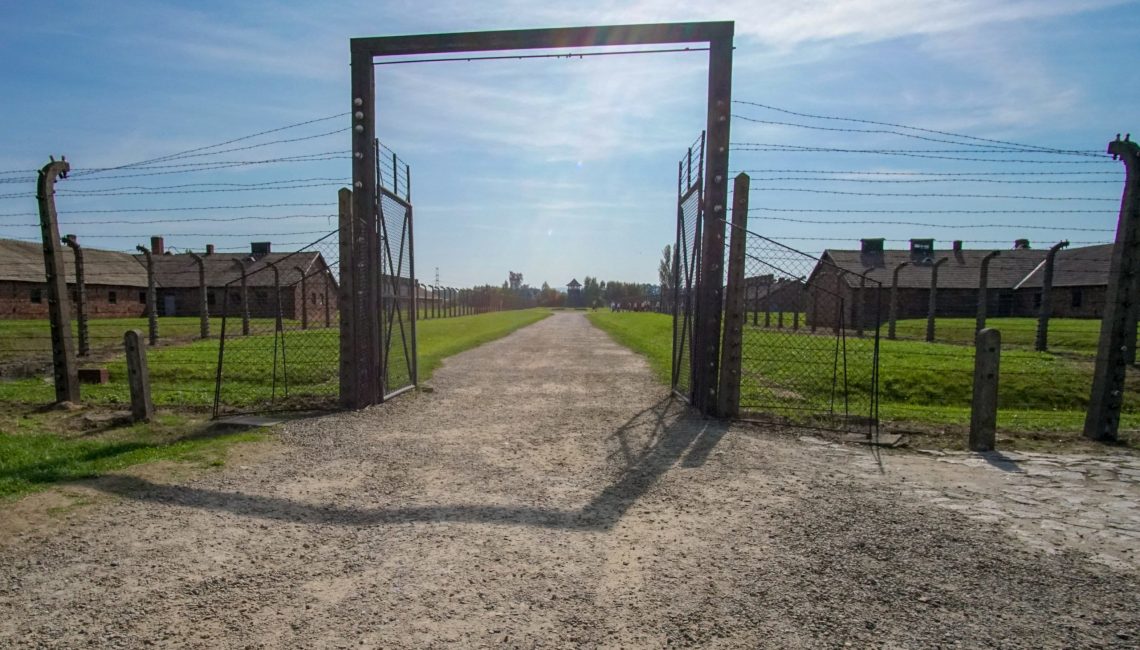
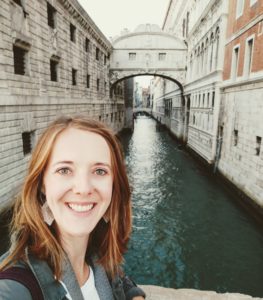
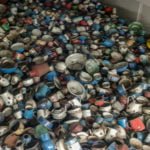
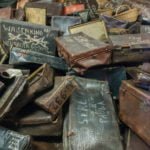
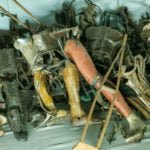
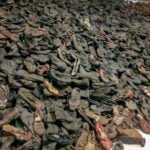
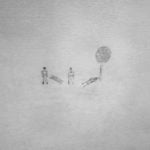
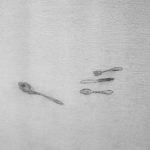

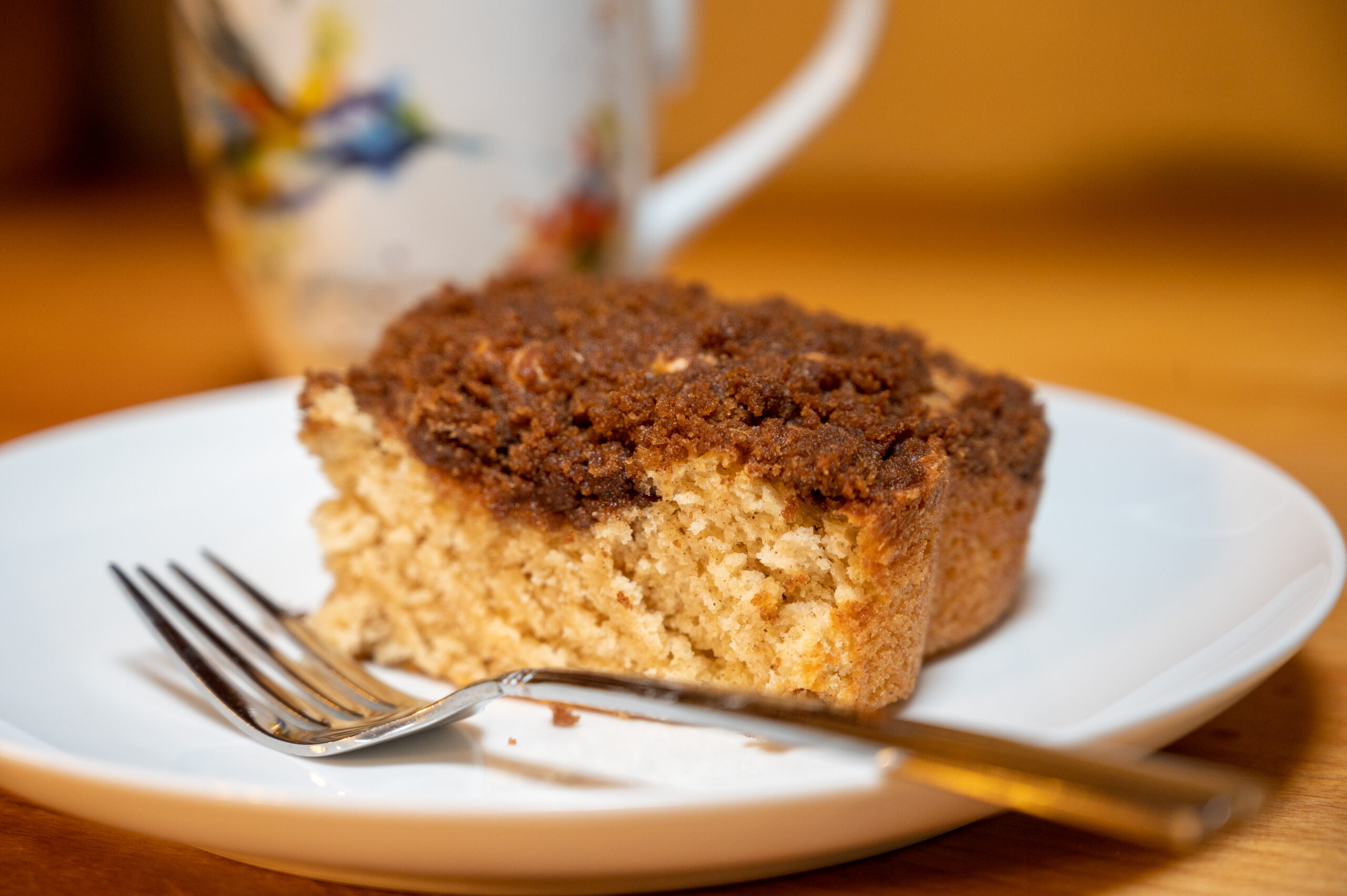
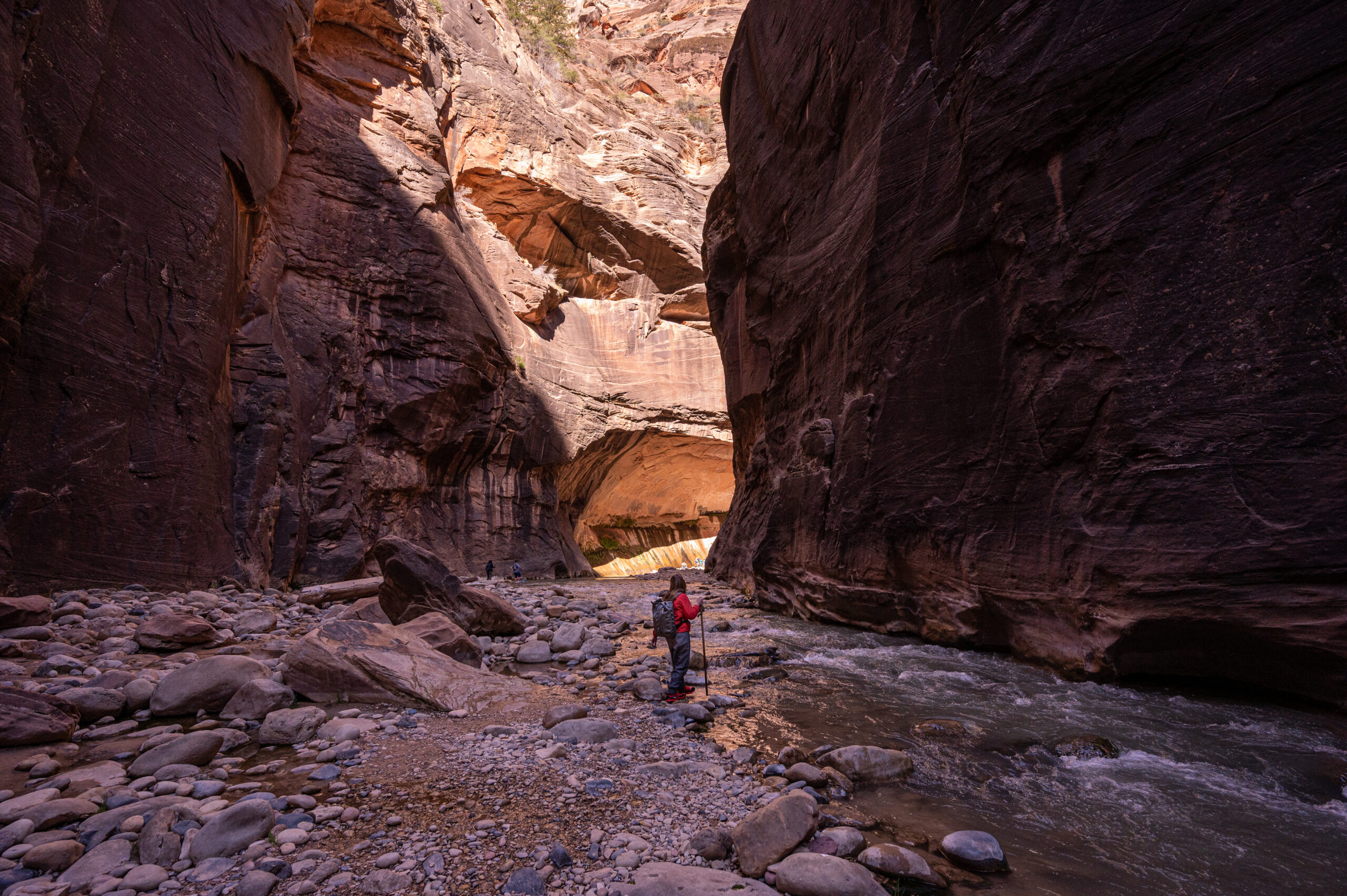
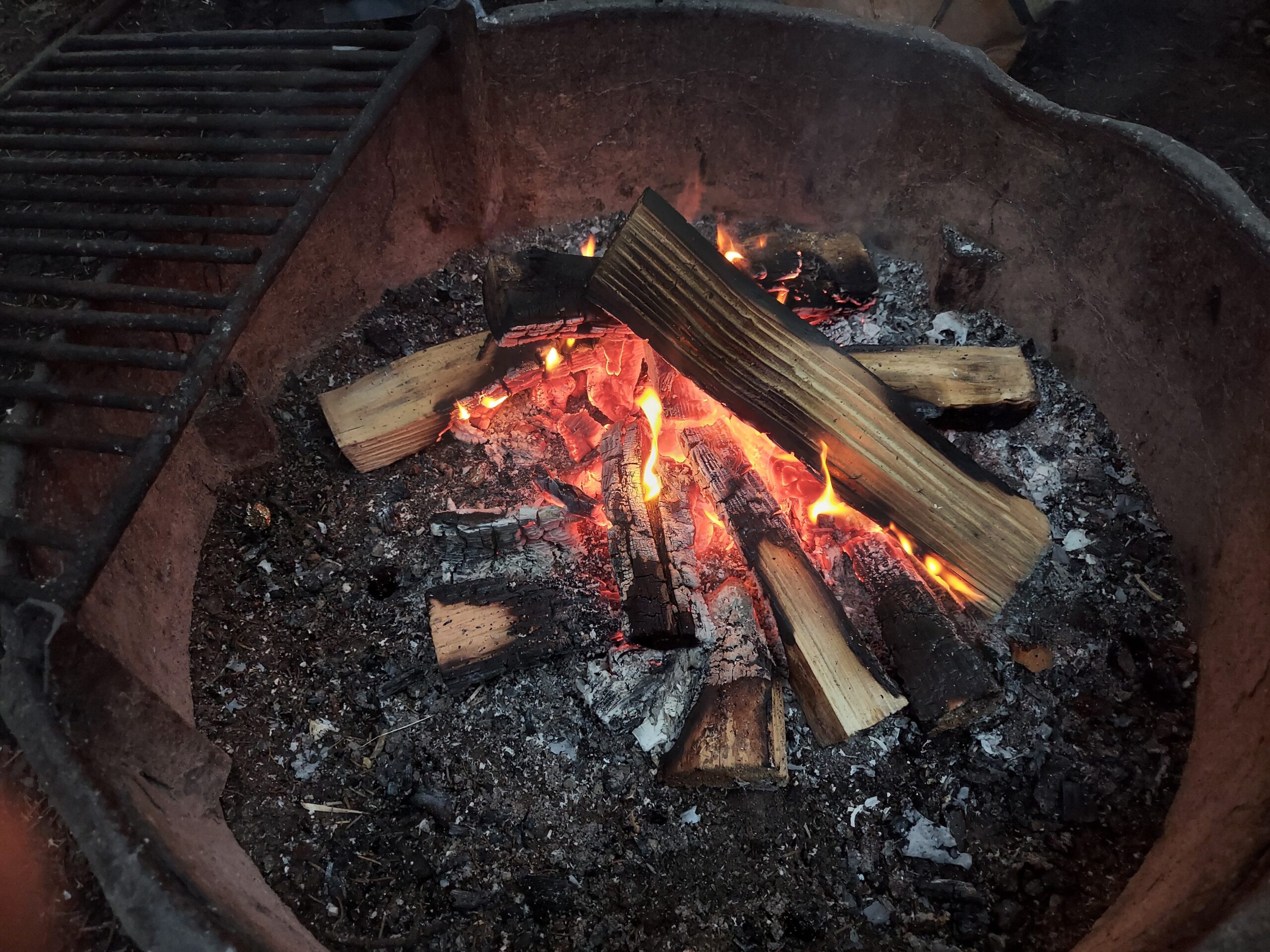
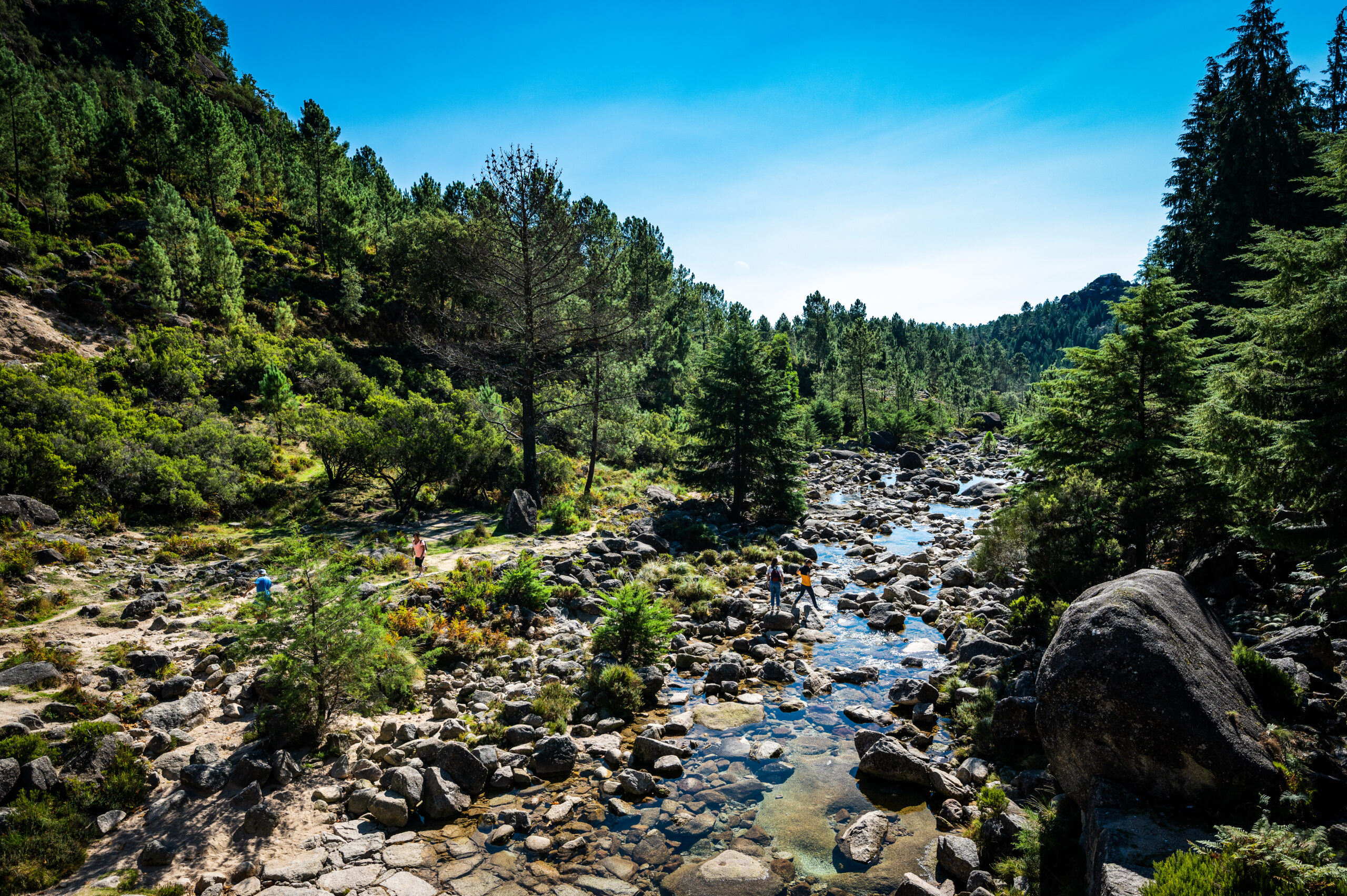

2 Comments
Such a beautiful, insightful, thought-provoking blog. Pulls at the heart.
Thank you for your response. It was a very moving experience.